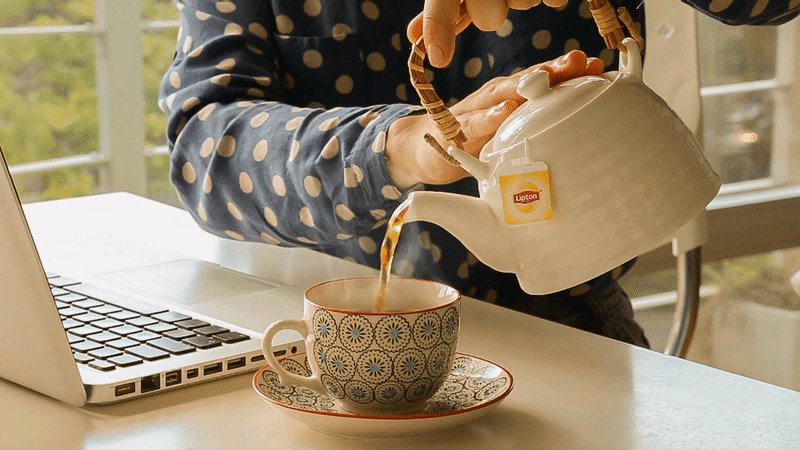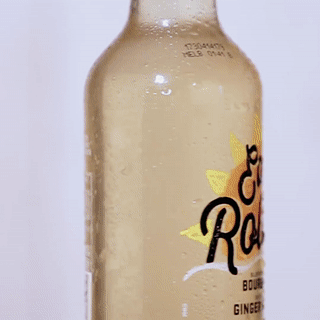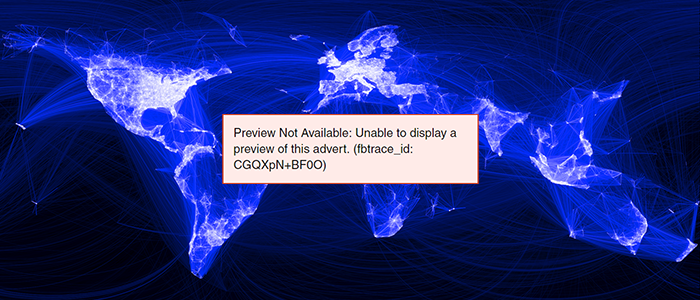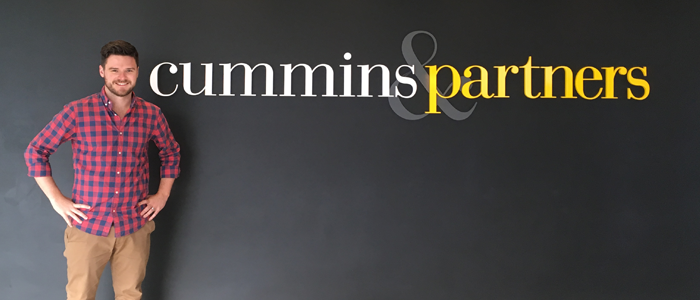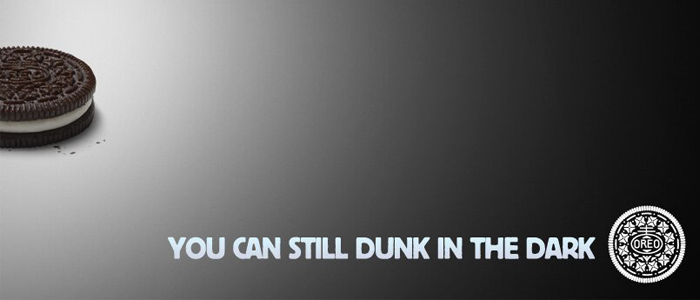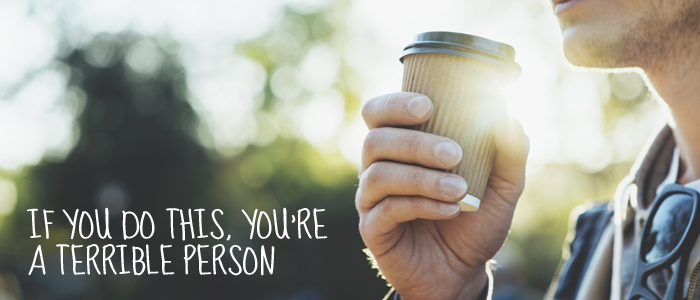30 April 2018 Five Reasons I Ditched The Word “Digital” From My Title

Nearly 12 months ago I quit my job and started freelancing. With the opportunity for a fresh chapter, I stopped calling myself a Digital Strategist and updated LinkedIn to Creative Strategist. Here’s why.
1. Digital Strategy has changed.
When I started my career, “digital” was a blurry word. It was a grey area you could carve your own definition into. I’ve been lucky for most of my career, in agencies where I largely got to shape the kind of work I wanted to do – finding opportunities for ideas on digital channels. But increasingly, Digital Strategy has nothing to do with ideas. It’s more “transformation” and “enterprise solutions”.
These days the role requires a strong understanding of specific technology tools and data platforms. You have a seat at the table, but it’s not necessarily with marketers. The consultants would say that’s a good thing. And more profitable. But I like writing briefs and working with Creatives.
Unless you love CRM or DMPs, there’s no longer room in agencies for Digital Advertising-ish Strategists. (And rightly so, see below.)
2. Digital is just a tool.
Why do we have Digital departments in agencies? Or Digital Creative Directors? Digital Strategists belong on the same list of obsolesce.
Digital is just a channel. Usually for hosting an experience or distributing a message. But it’s not always the best place to host an experience or distribute a message. Yet if you have Digital in your title, you have a natural bias. Not making that recommendation makes you less relevant.
But Strategists are problem solvers, and they can’t have predispositions to certain tools. To a hammer, everything looks like a banner ad.
3. “Digital” makes me feel a bit sticky.
There’s too many snake oil salesmen out there. And yes they’re mostly men. With oil comes their greasiness. Too many entrepreneurs selling courses for Facebook ads. Too many videos of Gary Vaynerchuk telling you to hustle. Too many digital marketing influencers without any influence (or something to say). Of course, I generalise. There’s plenty of legit digital thinking legends out there – it just feels like they’re getting harder to find.
4. You can charge more.
There’s more demand for Creative Strategists, and fewer in supply. A Planner who “gets” digital seems to be the sweet spot, more so than a Digital Planner who considers brand or a proposition. People don’t like talking about money, but from what I’ve gleamed, day rates are better for the agnostic problem solvers.
5. I’m finally starting to understand how advertising works.
I’ve worked in advertising for nearly decade, and am only now just starting to feel like I get how it works. And every time I read more, the way brands use digital pulls in the direction opposite of effectiveness. My (ever forming) philosophy is guided by the likes of Byron Sharp, whose work suggests brands grow through mass reach of potential buyers by building and reinforcing memory structures to increase mental availability. Even if there’s too many buzzwords in that sentence for my liking – that’s not how most brands invest in digital.
Likewise I lean toward the notion advertising works because it is a signal. It’s an investment received socially. Traditional ads work because they are perceived to be expensive, collective and seen in unison. Digital is the opposite: cheap, individualised and sporadic. As Rory Sutherland says, “We make our wedding vows in front of a large number of people simultaneously.” Presumably at an expensive wedding.
Generalising again, but it would seem most of the people flogging digital thinking don’t have a philosophy on how advertising works, or even believes that it does.
—
I don’t think we can attribute this one to David, but Ogilvy sum it up best: Digital is dead. And so, I ditched the word from my title.
Although you’ll still find plenty of mentions in my bio for SEO. You can’t take digital out of the boy!

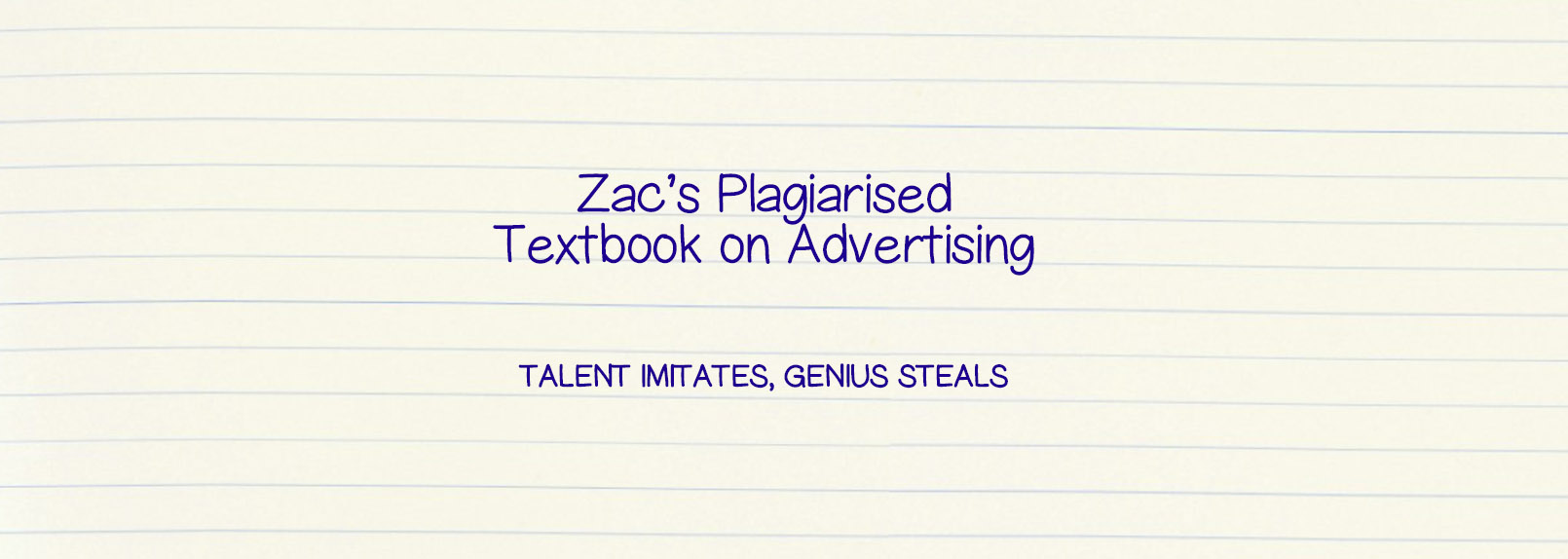
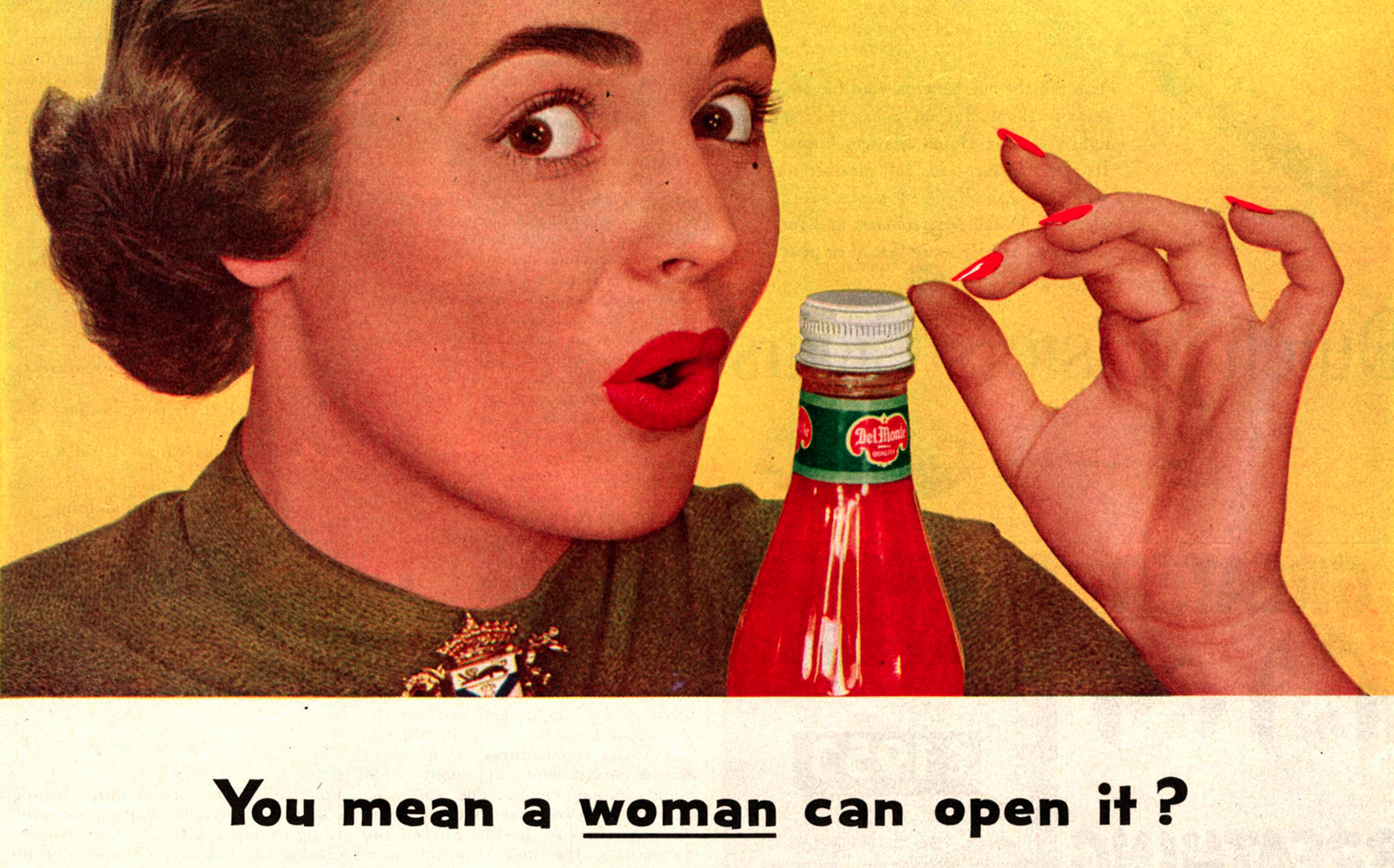 Okay, not that old fashioned.
Okay, not that old fashioned.

